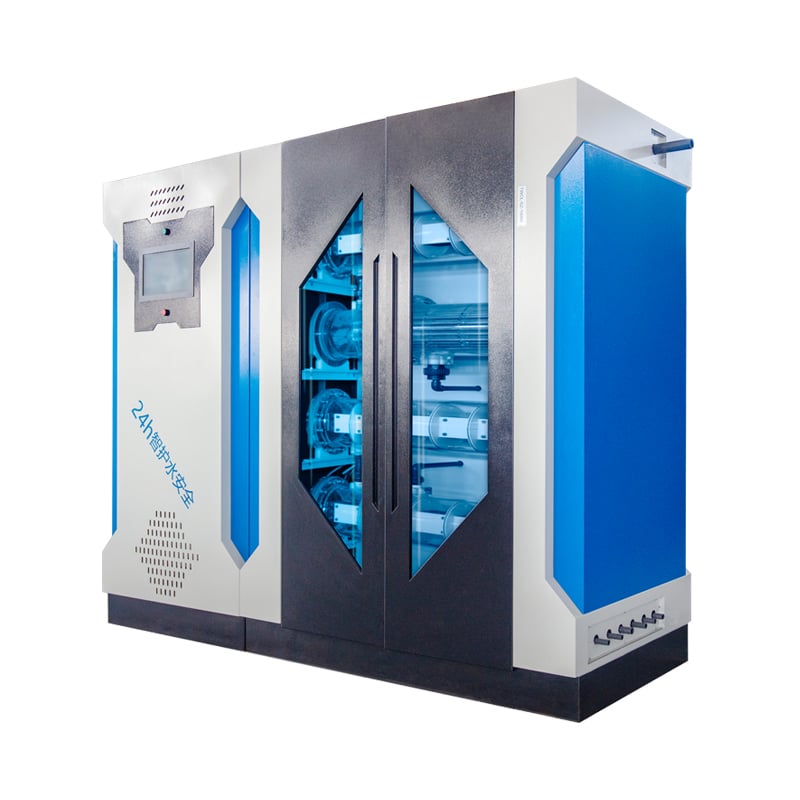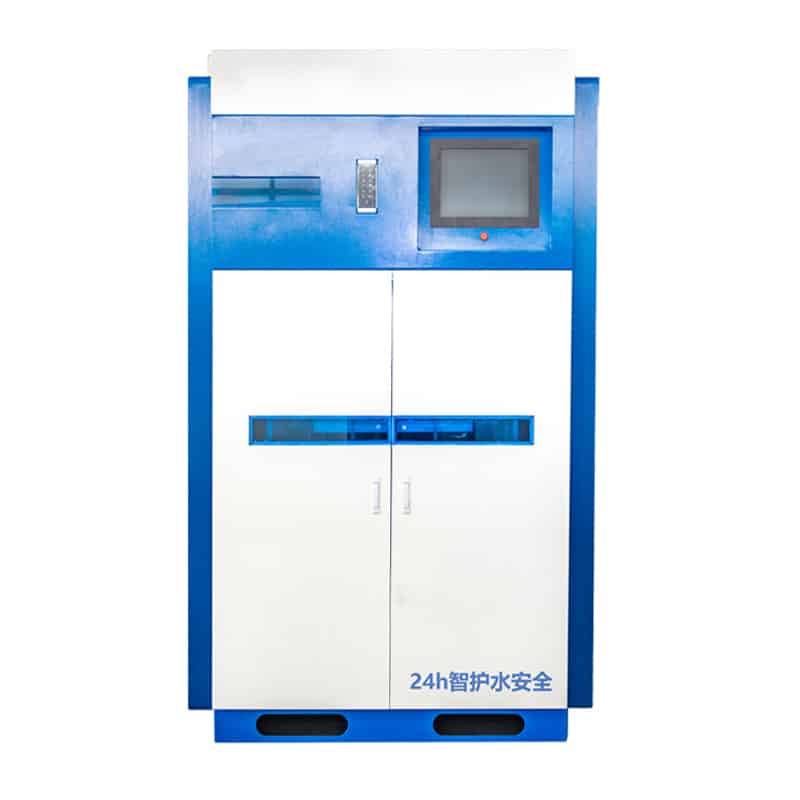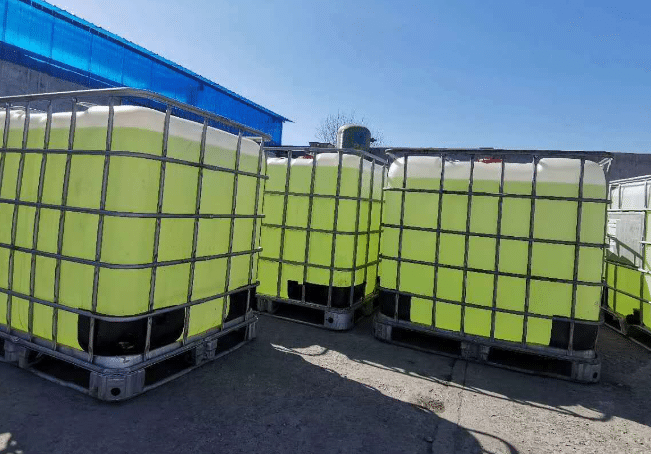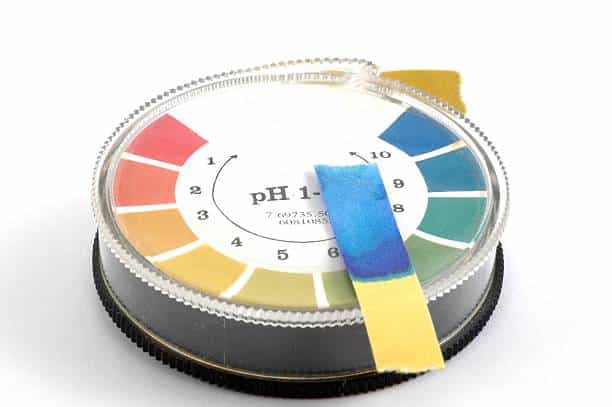Sodium hypochlorite is a commonly used disinfectant with a wide range of applications. This paper focuses on its pH value and explores its effect on disinfection under different acidic and alkaline conditions, revealing its importance in multiple fields.
What is sodium hypochlorite?
Sodium hypochlorite is a commonly used disinfectant that is chemically composed of the sodium hypochlorite molecule (NaClO). This compound is formed by the reaction of chlorine gas with sodium hydroxide.
It has a wide range of applications as a germicide and disinfectant in homes and industry. In the home, sodium hypochlorite is often used as a cleaning agent to disinfect kitchens, bathrooms and other surfaces to kill bacteria and viruses. It is also used to disinfect water to meet drinking water standards and to remove harmful microorganisms from water.
In industry, sodium hypochlorite is an important disinfectant and bleaching agent. It is widely used in water treatment such as disinfection of ponds, tanks and water pipes(sodium hypochlorite generator). In addition, sodium hypochlorite is often used in the food and beverage industry, healthcare, and even in swimming pool disinfection.


Due to its sterilizing power and wide range of applications, sodium hypochlorite plays an important role in keeping the environment clean and healthy.

pH value of sodium hypochlorite
The pH value is an indicator of the degree of acidity or alkalinity of a solution. It is a range of values from 0 to 14, with smaller values indicating more acidic and larger values indicating more basic. A neutral solution has a pH of 7. Changes in pH affect the concentration of ions and chemical reactions in a solution, and therefore have an important effect on the properties and functions of many chemicals.
In the case of sodium hypochlorite (NaClO), it is usually highly alkaline, with pH values generally ranging from 11 to 13. This alkalinity is due to the presence of chloride and hypoxide ions when dissolved in water.

Effect of pH on sodium hypochlorite
The effect of different pH levels on sodium hypochlorite is significant, including stability, sterilizing ability and chemical properties:
- Stability: In high pH environments (e.g. pH 13), sodium hypochlorite is relatively more stable. In alkaline environments, the sodium hypochlorite molecule is less likely to break down and therefore maintains a high level of activity over time. On the contrary, in low pH environments, sodium hypochlorite breaks down more quickly and becomes less stable.
- Bactericidal ability: Sodium hypochlorite in higher pH environments (e.g. pH 13) generally has a higher bactericidal ability. This is because at high pH, more active chloride ions are released from sodium hypochlorite and more oxygenated ions are produced, increasing its effectiveness against microorganisms.
- Chemical properties: The chemical properties of sodium hypochlorite change under different pH conditions. At high pH, it is more soluble because the alkaline environment facilitates the dissociation of its molecules in water, releasing active chloride ions. At low pH, the solubility of sodium hypochlorite decreases.
- Activity: Sodium hypochlorite is more active in high pH environments because it releases active chlorine more readily under alkaline conditions and has a stronger oxidizing effect on microorganisms.
Application of sodium hypochlorite pH
Water treatment field
- Disinfection of water source: In water treatment, sodium hypochlorite is used to disinfect drinking water and industrial water. pH value is crucial to its disinfection effect, and sodium hypochlorite under high pH value environment is more active and more effective in killing microorganisms in water.
- pH adjustment: pH value plays an important role in the activity and solubility of sodium hypochlorite in water. By adjusting the pH value of water, the sterilization effect of sodium hypochlorite can be affected. In the right pH range, sodium hypochlorite can be more effective in destroying bacteria and viruses and keeping water clean.
Healthcare
- Sanitization and Disinfectants: In healthcare settings, sodium hypochlorite is used as a disinfectant to clean instruments and sanitize surfaces. Sodium hypochlorite in higher pH environments is more germicidal and better at destroying pathogens and bacteria to maintain healthcare.
- pH Adjustment: pH adjustment affects the disinfection effect of sodium hypochlorite, especially in the disinfection of medical devices. Under proper pH condition, sodium hypochlorite can kill bacteria and viruses more effectively.
Food industry
- Food processing and sanitization: Sodium hypochlorite is used in food processing to sanitize equipment and food packaging. Sodium hypochlorite is more active in high pH environments and is more effective in cleaning and sanitizing food equipment and the environment.
- pH adjustment: In the food industry, the sterilizing effect of sodium hypochlorite can be influenced by controlling the pH value. In the proper pH range, sodium hypochlorite is more effective in eliminating bacteria and contamination, ensuring food safety.
Summary
Sodium hypochlorite typically has a pH value between 11 and 13, with higher pH environments providing greater sterilizing power. pH regulation affects its disinfection and performance in the water treatment, healthcare and food industries.
In addition to sodium hypochlorite generators, KUOSI offers wastewater desludging equipment, sludge dryers, dosing systems, DAF systems, aeration blowers, disinfection systems and wastewater screens. If there is any question, you can consult us.
